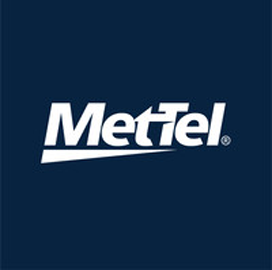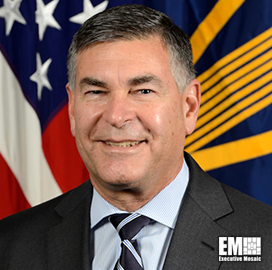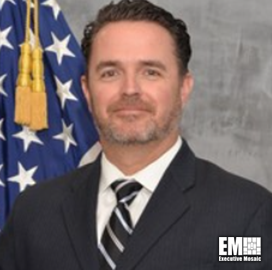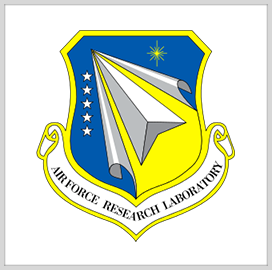The General Services Administration (GSA) has selected Everbridge’s Mass Notification platform to secure the agency’s employees, facilities and operations, the company reported on Monday.
“The threats that organizations face are constantly evolving. Leveraging a unified solution with situational awareness to know where your people and assets are, combined with the ability to coordinate and communicate across all stakeholders, could be the difference between success or failure,” said Mike Mostow, vice president of Federal at Everbridge.
Everbridge’s CEM platform will help keep employees safe and informed across a variety of threats such as a global pandemic, hurricanes, wildfires, cyberattacks, IT outages and more.
The company’s platform supports more than 70 federal agencies, including the Federal Communications Commission (FCC), the Departments of Defense (DoD), Commerce, Energy (DOE), Interior, Justice (DOJ), and Health and Human Services (HHS) and Environmental Protection Agency (EPA), among others.
With the selection, Everbridge will expand its Federal Risk and Authorization Management Program (FedRAMP) Agency Authorization. The FedRAMP Program Management Office (PMO) has certified that Everbridge meets the standards for the 325 controls in the FedRAMP Moderate baseline and passed the security and risk management renewal process required to support the operational resilience needs of federal agencies.
Everbridge received its FedRAMP authorization in 2018. “Our FedRAMP initiative has been a multi-year, strategic project with the goal of expanding our overall addressable market for our broad Critical Event Management suite,” said Jaime Ellertson, executive chairman of Everbridge’s Board of Directors.
“We are proud to enter into a partnership with the General Services Administration to help them mitigate risks quickly and decisively,” Mostow added.







